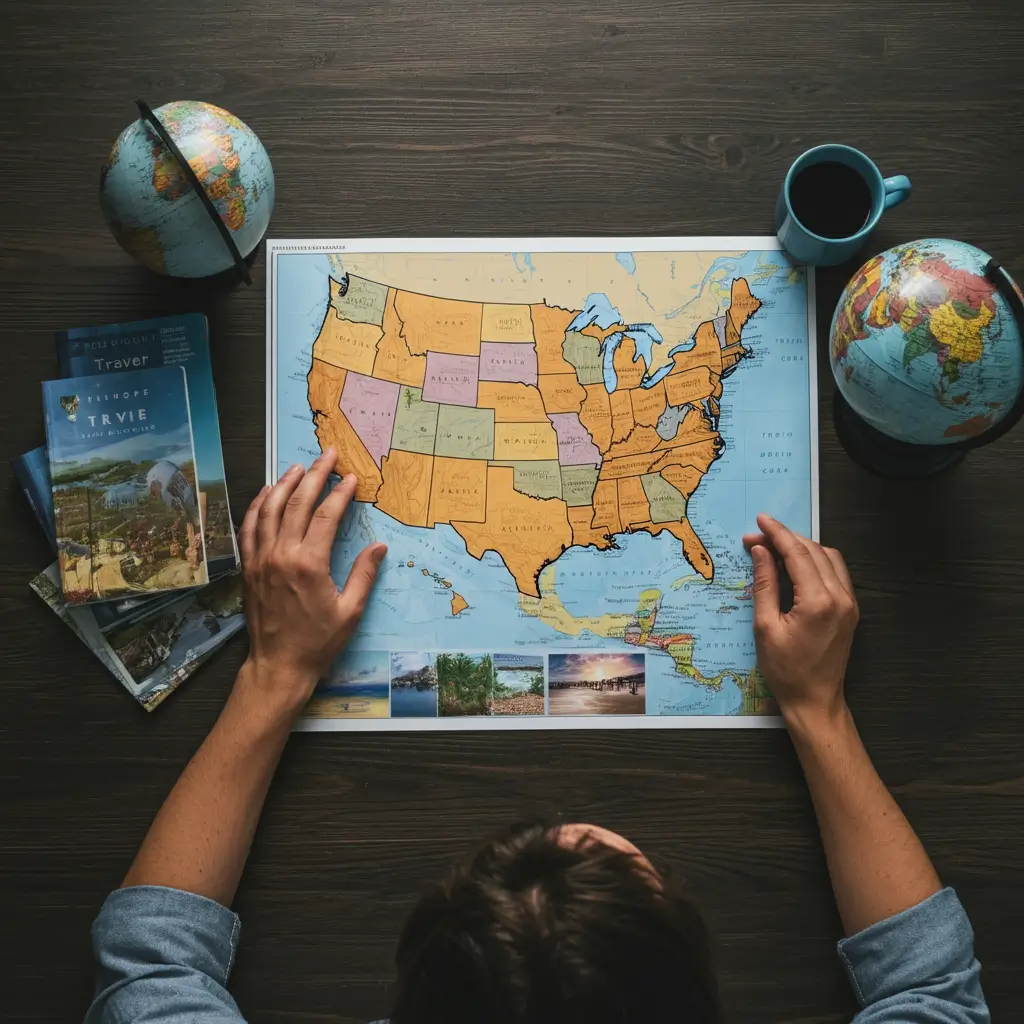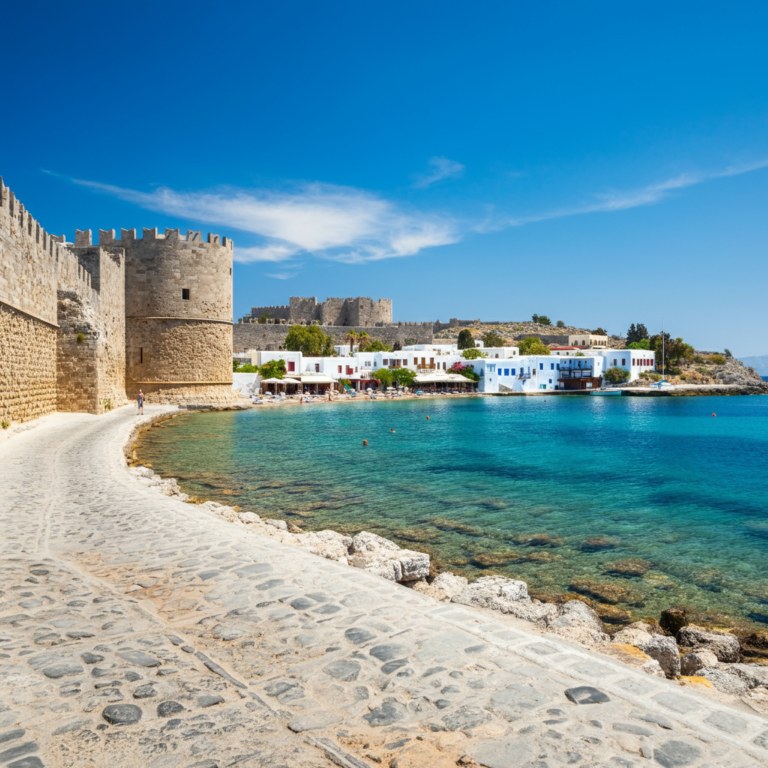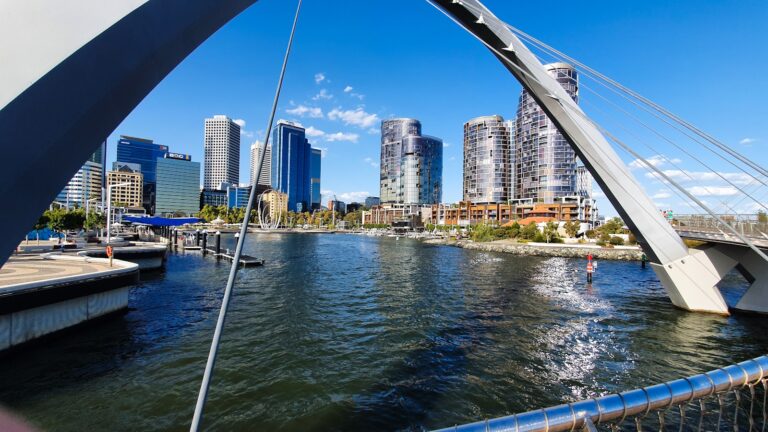USA Travel Alerts Explained: Risks and Reasons to Reconsider Your Plans

If you’re planning your next adventure and considering visiting the United States, it’s crucial to stay informed about USA travel alerts. These advisories help travelers understand potential risks, from safety concerns to health issues, that might affect their trip. Governments worldwide issue these warnings as precautionary measures to ensure the safety of their citizens. Understanding the reasons behind such alerts can help you make informed decisions while planning your visit.
Whether you’re a first-time traveler considering the bustling streets of New York City or planning ultimate road trips across the U.S. landscape, being aware of travel warnings and advisories is essential. This article will shed light on the risks associated with traveling to the USA, outline reasons why these alerts exist, and guide you on how to stay safe. Let’s explore key insights that can help you prepare for, or even reconsider, your U.S. travel plans.
What Are USA Travel Alerts?
Understanding the Purpose of Travel Warnings
Travel alerts are official warnings issued by governments to inform citizens about potential risks when visiting certain countries. USA travel alerts serve the same purpose, providing travelers with essential updates on safety concerns specific to various regions of the country. The U.S. Department of State categorizes advisories into four levels—from normal precautions (Level 1) to full travel restrictions (Level 4). These levels reflect the seriousness of the risks at hand.
For tourists, these alerts are not designed to discourage travel outright but to empower visitors with critical information. For instance, certain areas may require increased vigilance due to higher crime rates, while others might be flagged due to natural disasters or health outbreaks. By staying informed, travelers can plan smarter, safer trips and avoid unnecessary risks.
Types of USA Travel Advisories
Understanding the different types of USA travel advisories can help you assess the scope of these warnings. Level 1 advisories suggest exercising normal precautions, meaning there are no significant threats. Level 2 advisories recommend increased caution, often due to issues like petty crime or specific risks in certain areas.
Level 3 encourages travelers to reconsider their plans due to serious safety risks, which might include political unrest, widespread violence, or natural disasters. Finally, Level 4 explicitly advises against travel, with underlying concerns such as war, terrorism, or infectious disease outbreaks in specific regions.
By knowing these categories, you can approach U.S. travel with a more nuanced perspective, weighing the risks and rewards of your destination.
Why Are There Travel Warnings for the USA?
Social Issues Affecting Traveler Safety
One of the primary reasons for USA travel warnings stems from ongoing social issues. The country experiences higher-than-average rates of violent crime in certain areas, particularly involving gun violence. Cities such as Chicago, Detroit, and St. Louis often make headlines for their crime rates, raising safety concerns for visitors.
Most crimes are localized, meaning that tourists staying in well-trafficked areas are unlikely to experience the same risks. However, understanding potential safety challenges can help travelers avoid specific urban zones where risks are elevated. Additional advice, such as avoiding isolated areas at night or opting for recognized forms of transportation, can further mitigate these risks.
Political and Societal Tensions
Civil unrest, protests, or political demonstrations can escalate quickly, posing unexpected challenges for travelers. While such events are not exclusive to the USA, they are a frequent cause for travel warnings for the USA. States like Oregon and Washington have previously seen large-scale protests that disrupted transportation and public services.
Although most protests occur in urban hubs, their impact can extend nationwide. These risks are amplified during election periods or in response to controversial political decisions. Staying updated on local news and events can keep you informed about potential disruptions during your visit.
Risks of Traveling to the USA
Health Concerns for Travelers
Healthcare in the USA is among the most expensive in the world, making unexpected medical issues particularly challenging for tourists. Although the country has modern medical facilities, the cost can be prohibitive without proper travel insurance. Incidents ranging from minor injuries to significant health concerns, such as COVID-19 outbreaks, make health a pressing consideration for international visitors.
Vaccinations, travel insurance, and contingency planning are essential steps to safeguard your health during your trip. Additionally, pay close attention to regional health updates and guidelines for a hassle-free experience.
Cultural Adjustments and Travel Safety
Cultural differences represent another layer of challenge for many visitors. Legal issues, for instance, can arise from unknowingly breaking local laws, such as restrictions on alcohol consumption or smoking in certain states. Travelers unfamiliar with how law enforcement operates in the USA might also face misunderstandings in tense situations.
Being aware of these nuances, as well as knowing how to communicate effectively with locals or officials, is key to avoiding unnecessary hurdles.
Regions of the USA with Heightened Travel Warnings
States Known for Safety Concerns
Certain states have a reputation for safety challenges, including high crime rates. Large cities like New York, Los Angeles, and Miami attract millions of visitors annually but still experience areas with concentrated crime. Understanding which neighborhoods to avoid can make a significant difference in ensuring safety.

For example, if you’re planning a trip and intrigued by memorable road trips, consider reviewing From Coast to Coast: Discover the Best Road Trips in the USA for routes that prioritize safety and adventure over risk.
Locations Considered Safer for Travelers
Not all regions of the USA come with elevated risks. Smaller cities, towns, and national parks are generally considered safer for visitors. Destinations like Montana, Vermont, and Wyoming are known for their tranquility and low crime rates, offering peace of mind alongside remarkable experiences.
If you’re looking for a serene escape, check out Best All-Inclusive Resorts in the USA for an Unforgettable Getaway for ideas on safer, luxury-oriented destinations.
How to Stay Safe While Visiting the USA
Essential Travel Tips
Adopting proactive travel safety tips can go a long way in ensuring a smooth trip. For instance, always secure your belongings, travel in groups whenever possible, and stay connected to loved ones through regular updates.
Planning safe, short excursions? Pack Your Bags: The Best USA Weekend Getaways for Every Type of Traveler offers excellent inspiration for places to visit without venturing into riskier areas.
Preparing for Emergencies
Prepare for worst-case scenarios by understanding protocols in emergencies. For example, carry identification and keep your embassy contact information handy. Knowing how to contact emergency services, such as 911, is also essential.
Reasons to Reconsider Your USA Travel Plans
Balancing Risks with Rewards
When weighing pros and cons, consider both risks and rewards of traveling to the USA. While safety concerns loom in hotspots, the country’s natural beauty and culture remain undeniable draws.
Considering Alternative Destinations
If safety concerns overshadow your trip, explore viable international alternatives. Whether you’re inspired by tropical getaways or iconic cityscapes, the Top 10 Must-Visit Beaches in the USA for Your Next Getaway could offer safer, yet unforgettable options.
Updated Travel Notices for the USA
Travel advisories can change rapidly due to unforeseen events such as natural disasters or public health concerns. Staying informed through official government channels or travel platforms is a must.
Understanding USA travel alerts and planning accordingly can make all the difference. Whether it’s identifying areas with heightened risks, knowing how to stay safe, or evaluating alternative destinations, informed travel is smart travel. By keeping these precautions in mind and relying on trusted sources, travelers can enjoy a more predictable, enriching experience wherever their adventures take them in the United States.






